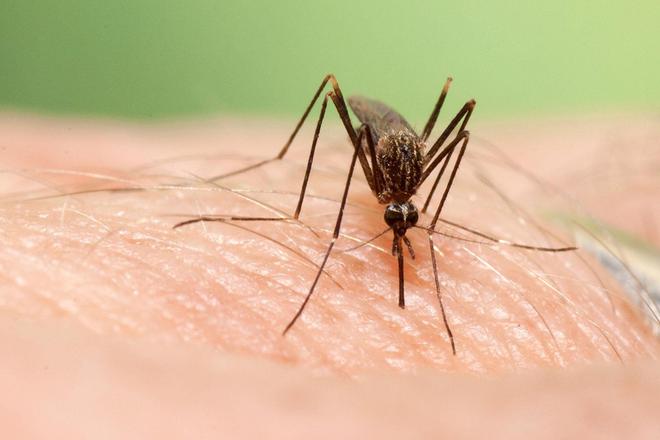A female mosquito draws near on the hunt for blood. She assumes there is a human around because she can smell the carbon dioxide they exhale.
In reality, however, it is a trap consisting of dry ice - a solid form of carbon dioxide - suspended at roughly human height. Air flowing from a fan draws the mosquito into a prepared mesh.
This is how scientists from the Faculty of Natural Sciences at Comenius University in Bratislava count mosquitoes at several locations in Záhorie and Bratislava. Then they send the collected data to municipalities.
"Last year, we were able to catch a thousand of them in one trap," explains Tomáš Derka. "This year there are a maximum of just a few dozen."

Why are there so few mosquitoes?
Mosquitoes need water to hatch and develop.
“Floodwater mosquitoes that cause disasters lay their eggs in mud. These eggs then wait for water to flood the area. Only then do the larvae hatch and later develop," says Derka. "This year, we have yet to see this. Because there have been no floods, they could not reproduce in larger numbers."



 Aedes japonicus japonicus (Asian bush mosquito). (source: ECDC)
Aedes japonicus japonicus (Asian bush mosquito). (source: ECDC)